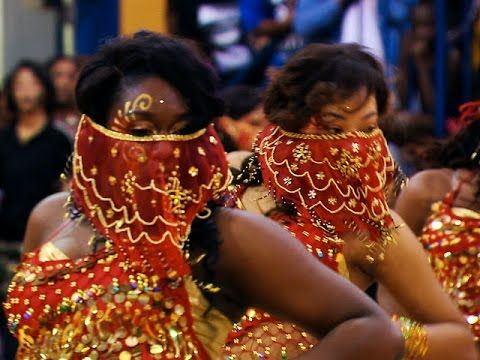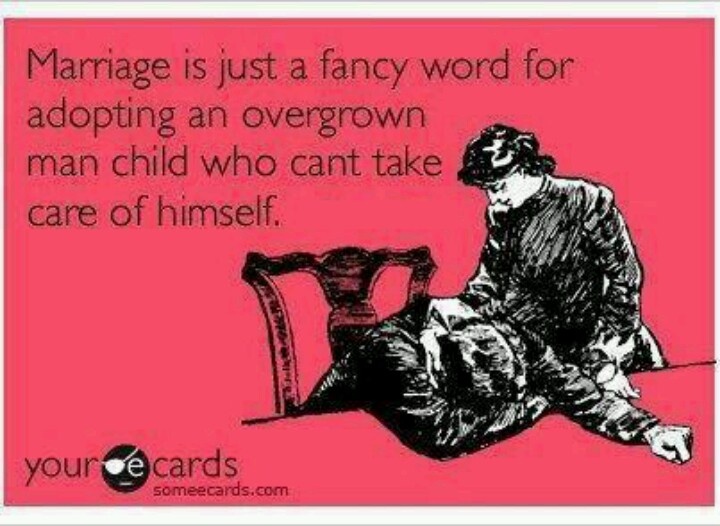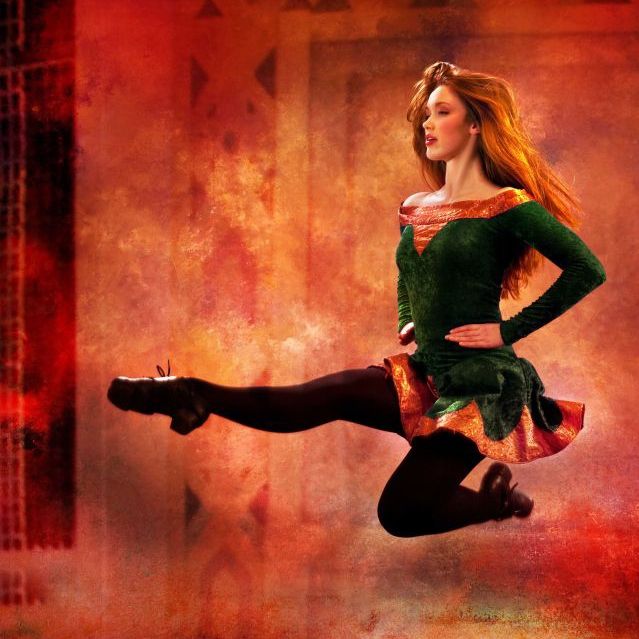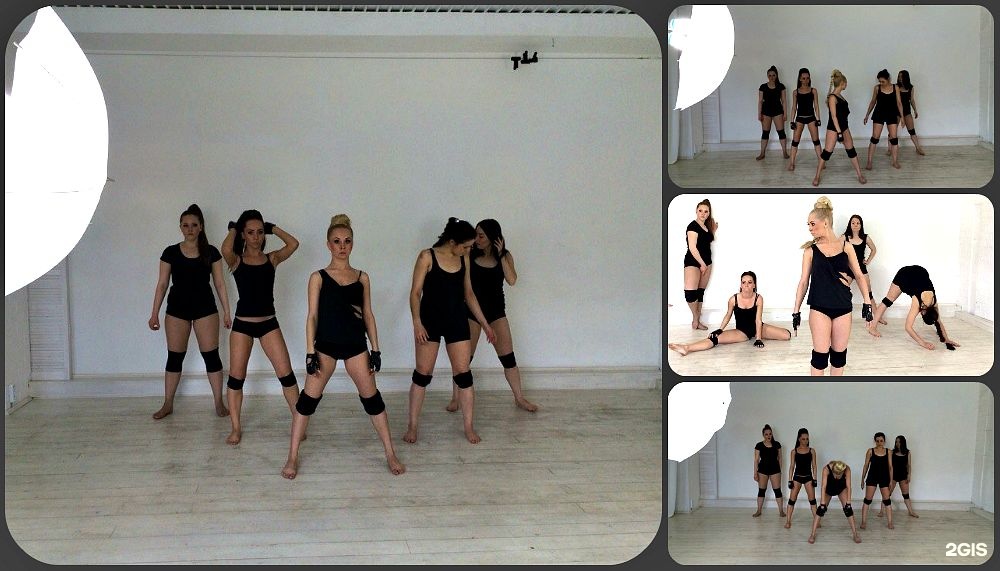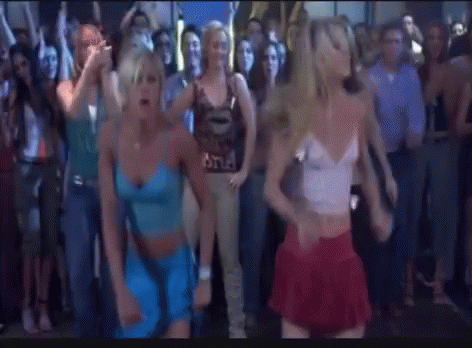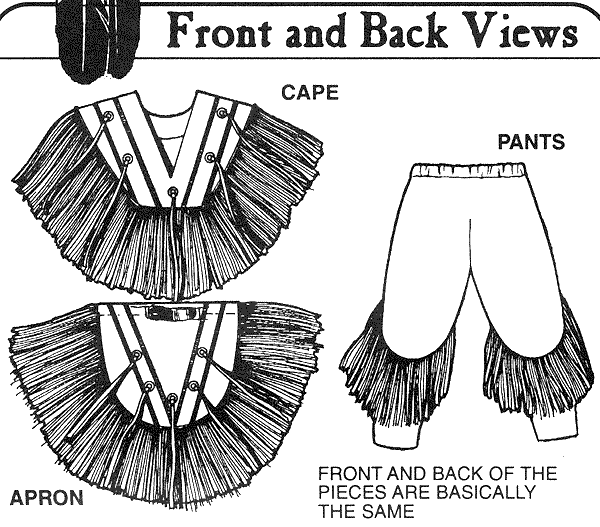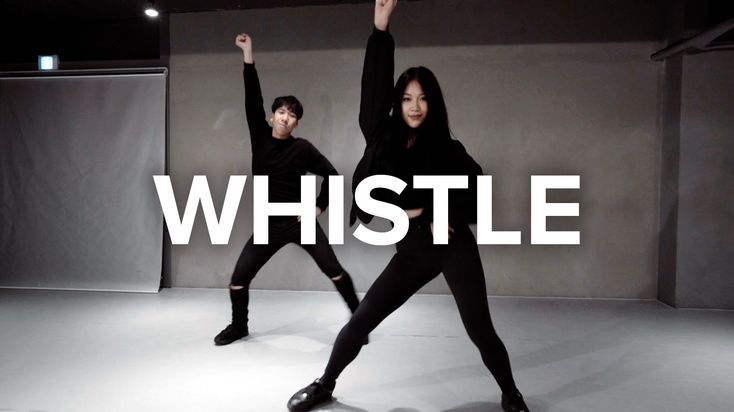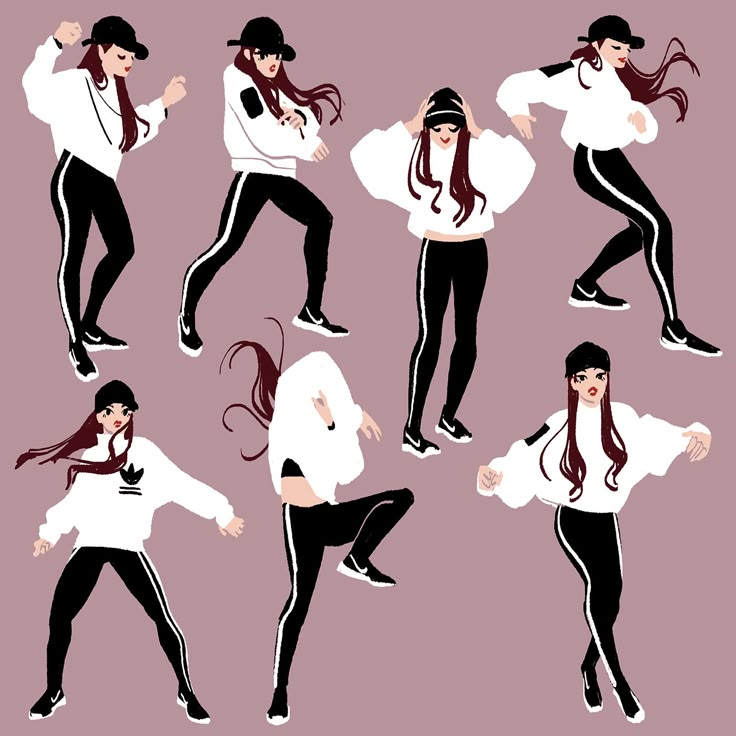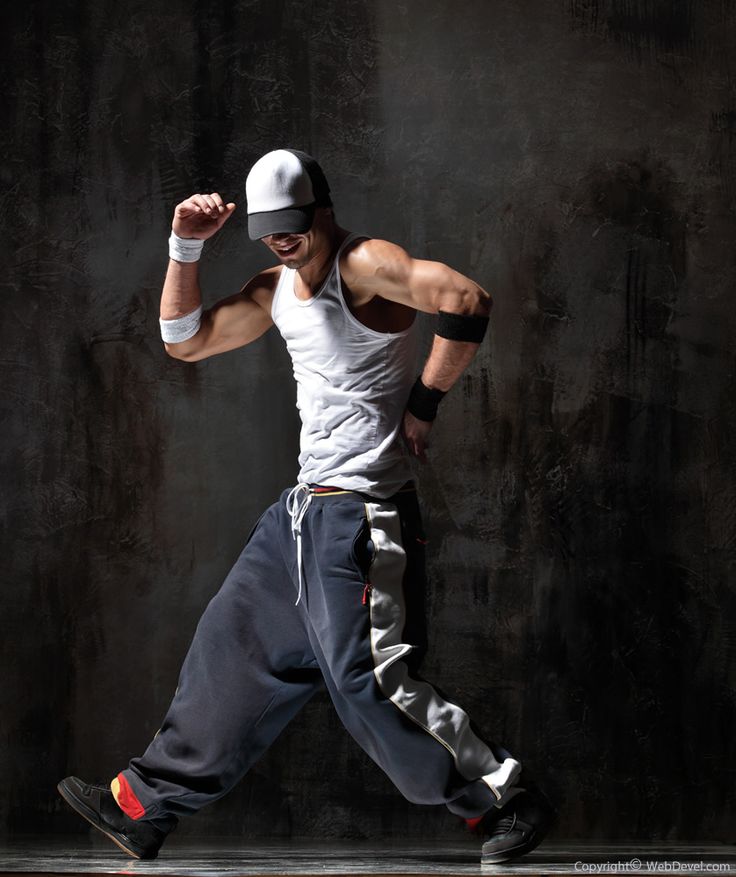How do dancers remember choreography
5 Tips to Help You Remember Choreography
Have you been struggling to remember the moves in dance class? Are your auditions coming up?
Here are some tips to help you memorize choreography like a pro. No more freezing or falling behind!
5 Tips to Memorize Choreography
1. Chunking
Chunking is a memorization technique where you learn something in separate sections, then group the sections together at the end.
We use chunking to remember things like phone numbers, addresses, and even song lyrics.
For example, 678-999-8212 is much easier to memorize than 6789998212.
In your dance class or audition, the teacher will probably teach the routine sections already.
But you can chunk the moves into lengths that work for you, whether this means going 1 8-count combo at a time, or separating the piece into 2 halves.
Chunking is a great tool to help you memorize choreography, but sometimes, you can get stuck between those chunks.
It doesn't matter how well you know each chunk – you have to make sure you're connecting them together seamlessly.
2. Connect the chunks
There's a trick to connect those chunks that we talked about in this video:
Basically, always practice a few moves / counts before a chunk, and even after the chunk.
Although dance choreography is usually taught to 8-counts, the dance is performed to the sounds in music – which don't go by cleanly cut counts.
So don't start and stop your movements according to their chunks.
Blend by transitioning the moves in between them. Because the whole thing is really 1 dance! *cue Drake*
3. Use contexts in the song
As we mentioned in Tip #2, you dance to music.
The choreographer made the routine to music.
MUSIC.So, a good way to learn and memorize choreography is to follow... the music!
For example:
Let's say a song / piece goes through the flow of.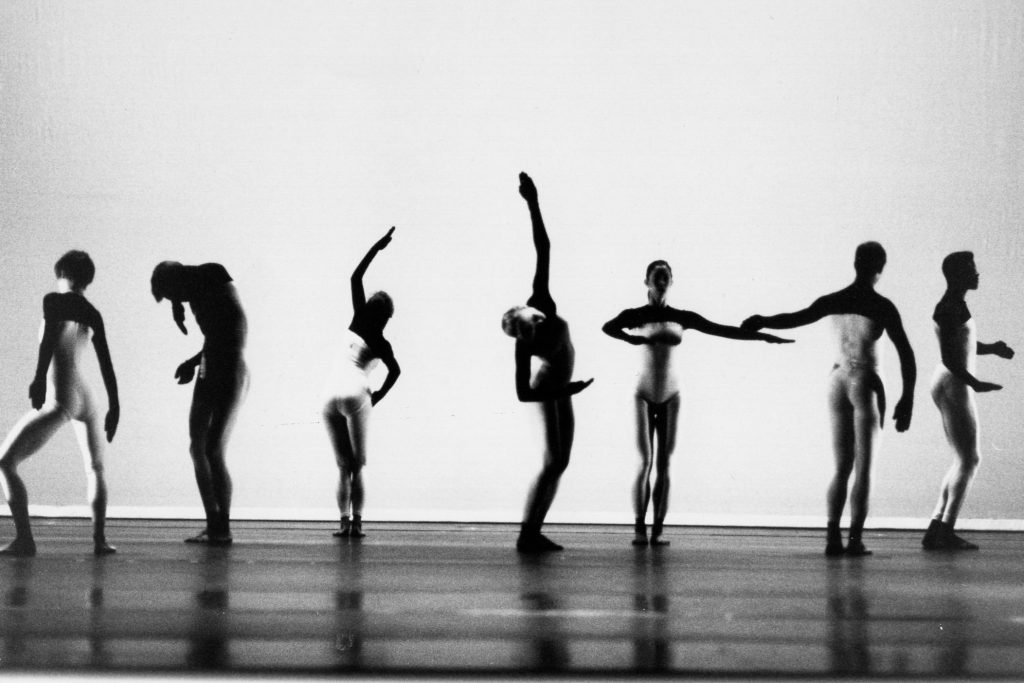 ..slow, melodic intro → UPBEAT, POWERFUL CHORUS → iNtRiCaTe beat kill-off to end
..slow, melodic intro → UPBEAT, POWERFUL CHORUS → iNtRiCaTe beat kill-off to end
You probably won't start finger-tutting in the first section or forget that you're supposed to do heavier movements in the middle.
We always tell you to listen to the music to catch musicality nuances, so you know what textures you should use.
But you should also listen to simply understand the arc of the song, and how that dictates the routine.
4. Make up your own "personal cues"
In our "What is an 8-count” video, we talked about how dancers use counts to map out their choreography.
Counts are a good skeleton to base your memorization off of, but the numbers don't actually provide a ton of information.
They keep track of the rhythm and quantitatively measure where you are in the piece, but they don't tell you how to dance.
So let's get more descriptive than the counts.
Use sounds or actions that you come up with yourself that will actually help you memorize the moves and how you should be executing them.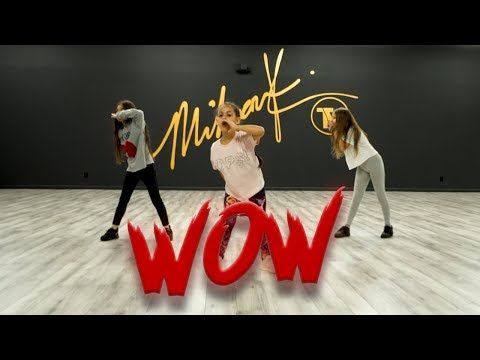
Here are 4 examples of personal cues that you can use:
1. Naming the moves
Count this out loud:
"1 and 2 and a 3 and 4"
Now, say this out loud:
"Right left push, turn around, look dip."
The latter gives you the same information as the first 8-count (tempo, when the movements take place) and it ALSO hints at the moves themselves!
I personally find this trick most helpful for footwork.
As I'm learning, I'll memorize choreography as:
"Kick ball change, and left and right. Right left right left right, out, together."
2. Snapping
Unlike naming the moves, snapping is more for your body to remember the moves.
I've seen people (Dezi Del Rosario does this a lot) use snaps to mark the points in the moves.
This really forces your body to get to that point while dancing, because you've conditioned it to snap in a certain position.
3. Breathing
Breathing is similar to snapping in that it'll train your body to memorize choreography – use it to remember to slow down or dial back the energy.
You know those pieces where there's a crazy fast combo, then you go into a chill groove???
That sudden drop in energy would look clumsy and out of place, if you didn't breathe through it.
Choreographers might even count that part of the choreography using breaths.
Use cues in your own breathing to memorize choreography parts that are more relaxed.
4. Using obscure sound effects
David Lee loves using whatever sound to mark his movements.
No matter how silly they sound 😂
When you use these personal cues, whether it's naming the moves, snapping, breathing, or making up sounds...
You’re building your own version of the piece that makes sense to you.
When you do this, the dance routine feels more natural and easy to remember.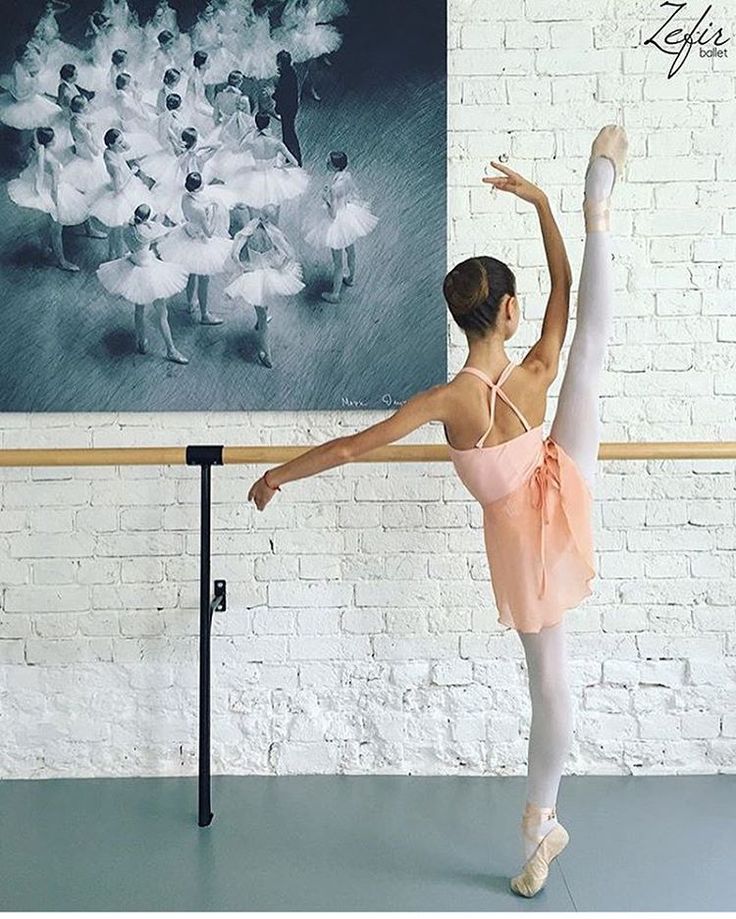
5. Drill the moves into your muscle memory
This is a simple tip, but so important that I MUST mention it!!!!
Repetition.
If you do something over and over again, then your body will start to do it on autopilot.
So drill a section of choreography 50 times if you need to. Heck, do it 100 times!
This way, even when you have a brain fart, your body can simply take over.
...
And into your visual memoryYes, doing the dance over and over will help your body memorize it.
But it can also be just as effective to watch it over and over, too.
Take a recording of the choreographer or teacher, or of yourself doing the piece, and let your eyes and mind absorb it.
Use all the tips we talked about in this article as you're watching the piece (not just while learning it).
For example, observe how the movements follow the music (Tip #3) or use counts, snaps, breaths, or noises that make sense for you (Tip #4).
Learning to memorize choreography will naturally get easier and easier with experience.
But if you want a quicker and more fool-proof way to remember choreography, put these 5 tips to practice!
Try them out in your next STEEZY Studio class. Sign up here to start for free.
7 Tips For Learning Dance Moves Fast
When you’re trying to remember dance moves quickly, failure is frustrating.
After all, some people seem to pick up the moves as if they’ve got some kind of superpower.
In reality, there are some pretty simple reasons why some people know how to remember choreography faster than others.
And there are techniques you can learn quickly.
These techniques will give you “dance memory superpowers.”
I’ll cover them all on this page. Let’s dive in.
How to Remember Choreography: 7 Proven TipsThe reason some people learn dance moves faster than others come down to two words:
Pattern recognition.
Some people simply have more experience in the field of dance. They can not only see what certain dance routines consist of, but their knowledge gives them a strong basis for comparison based on:
- Similar moves
- Faster recognition of body parts involved
- Comparison to other genres and styles
This helps experienced dancers remember moves faster because learning a dance routine comes down to praxis. Praxis is defined as having five stages:
Praxis is defined as having five stages:
- Ideation
- Motor planning
- Execution
- Rehearsal
- Performance
Basically what this means is that the more knowledge of dance you have, the stronger you are in the ideation phase. This is the part where you pre-visualize yourself engaged in the movements.
If you struggle to pre-visualize dance moves, try active image streaming. It should give you a boost so you do better during the motor planning and other stages.
With this context in mind, let’s look at some specific tips that will help you remember choreography basics and specific nuances fast.
One: Know The Definition Of DancingAccording to Lyn Paine, author of the Complete Guide to Primary Dance, dance is at least two things:
- Movement
- Expression
Noting these two levels gives you a huge memory cue: Many people are so focused on memorizing the moves, they forget to mentally note the emotions or ideas behind the expressions.
But you can use knowledge of the intent behind the dance to create a mental frame or field that helps you connect the dots.
As mentioned above, knowing the genre can help us well. You can connect new moves you need to memorize with ones you’ve seen in similar or related types of dance. Or you can use contrasts to help you remember movement patterns.
Two: Name The PartsThe basic glossary of dance moves is not so huge that you could not memorize it in a day or two.
How? Use a Memory Palace. It’s an essential tool that can also help you memorize what dance moves look like.
For example, if you’re trying to remember “feather step,” you might place an image of yourself stepping on feathers in a corner of your bedroom.
To remember the term, enchufla, you could imagine the music group Enya eating enchiladas while performing this move on a UFO. Have this imaginary association take place in another corner of the bedroom.
This kind of imaginative association will help you remember both the word and the movement.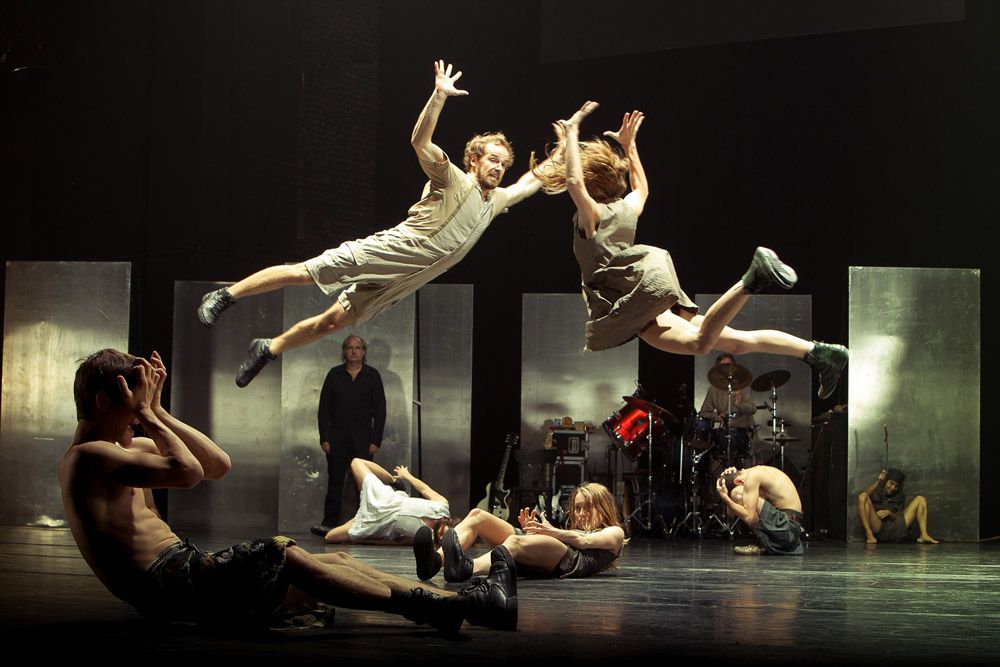 You will also have a location to refer to in your mind so you can “find” the information.
You will also have a location to refer to in your mind so you can “find” the information.
Repeat accessing the image and decoding it back to the target information a small number of times. It will enter long term memory with much greater ease.
Three: Visualize The Moves In A Memory PalaceA Memory Palace is a mental recreation of a building you’re familiar with – such as your dance classroom.
If you were to take that space and imagine it, you could mentally “project” the body positions you need to assume onto the walls – once of which will probably be a mirror.
To perform the projection, you will want to have the specific dance move in mind – and know it by name.
Then, imagine yourself in the room looking at the wall and project how the body position is supposed to look onto the wall. You might want to split the wall into fourths so you can mentally refer to various references points.
In other words, you might use these divisions to help yourself remember where in space your right hand should be relative to the imaginary center line.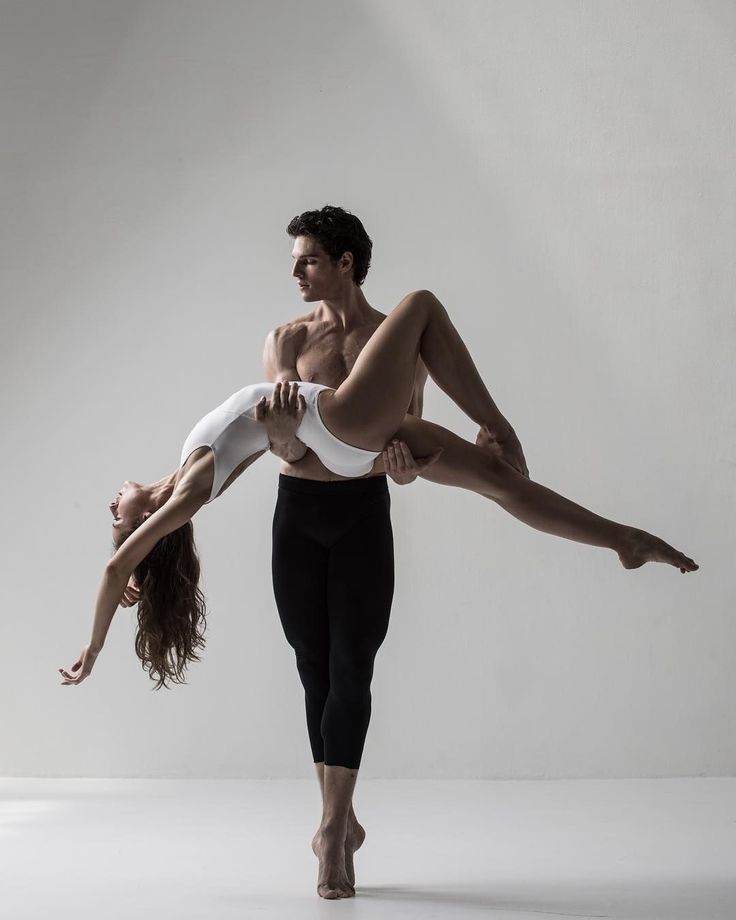
You can divide the wall in a Memory Palace to help you remember hand and foot positions with greater ease. This is similar to how Leonardo DaVinci memorized formulas for dividing space to help him draw the human figure.
If a sequence has four moves, you can place one mental representation on each wall in a room. Extend from there into the next room, hallway or outdoor location from there. Or move to another Memory Palace.
This process will help you with breaking the moves down into smaller parts, which some memory experts call “chunking.”
Three: Use A Number SystemSometimes you have to remember more than what moves to do. You have to remember how many times to repeat them.
In this case, it’s very “handy” to have the Major System on your side.
For example, if you have to repeat a move 5x, you’ll have a mental image that instantly helps you remember this requirement.
You can also number your body.
An example of numbering the body with the Major System to help you remember choreography.
There’s no cookie-cutter way to assign numbers to the body, but you could experiment with:
- Head
- Right hand
- Left hand
- Right shoulder
- Left shoulder
- Chest
- Stomach
- Right hip
- Left hip
- Groin
- Right thigh
- Left thigh
- Right calf
- Left calf
- Right foot
- Left foot
For example, my image for 01 is a tragedy mask. Movements using the head could draw upon this image.
If you have to move your right shoulder, then your left hip, followed by your right foot, the sequence could be 04, 09, 15 and you would string together visual images to help you remember that pattern quickly.
Four: Become More MindFul Of MovementIn Mabel Elsworth Todd’s book The Thinking Body, she lists eight ways to become more conversant with the movements of your body:
- Pilates-Based Conditioning
- Rolfing
- Feldenkrais
- Alexander Technique
- Ideokinesis
- Body-Mind Centering
- Bartenieff Fundamentals
- Laban Movement Analysis
The more familiar you are with your body and how it moves, the more points of reference you’ll have to make connections.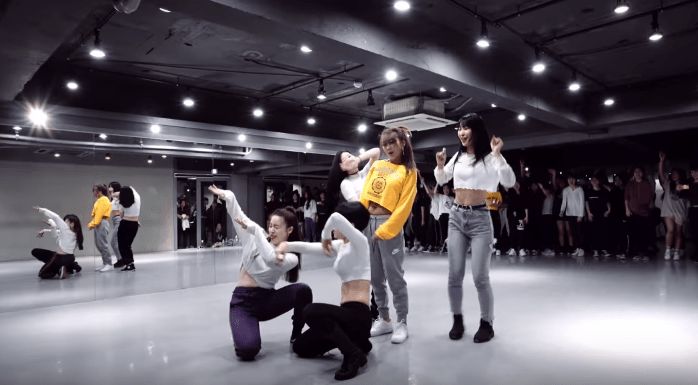
The more you understand rhythm and notation, the more you can make connections to particular moves.
For example, if you know that a move corresponds with a C chord in the music, you can create imagery that helps you remember the move better.
In effect, we’re using the music to create cues that trigger our recall of the required moves.
Knowing the names for various rhythms also builds up your pattern recognition. The more you know about dance, the more you can know about it. Your brain will make more connections on autopilot.
For more on quickly learning chords, check out how to memorize a song.
Six: Record YourselfThese days, it’s easy to set up a camera and record yourself practicing. You get instant feedback, and not just from yourself. You can post your routines to the Internet and get instant critiques from thousands of people.
But the point is to give yourself an external mental picture of your performance.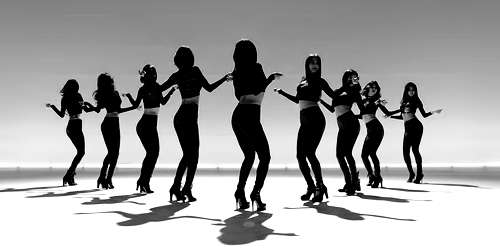 Observation will help you reflect in ways that improve both the ideation, motor planning and execution stages. It will also help you check for the all-important level of expression many dancers miss, making them look robotic instead of natural and dynamic.
Observation will help you reflect in ways that improve both the ideation, motor planning and execution stages. It will also help you check for the all-important level of expression many dancers miss, making them look robotic instead of natural and dynamic.
Too many people practice dance on their own. But when you practice with others, you can turn learning into a game.
Practicing you dance moves with others is a great way to get the kind of feedback that leads to faster learning.
For example, you can start with just one move. All of your friends have to perfectly imitate the move.
Then you add a second move, which they have to imitate. Add a third, fourth and so on. The first person who incorrectly executes the sequence loses the game.
Of course, there are no losers at the end of the day. Everyone wins by turning learning into a game. Always be sure to highlight that point when learning with others.
And don’t run from the challenge. Mistakes are a huge part of how we learn and that’s what makes games like these so powerful for ideation and correcting our approach to the other stages of learning choreography.
Mistakes are a huge part of how we learn and that’s what makes games like these so powerful for ideation and correcting our approach to the other stages of learning choreography.
The science on how to learn faster is clear. You need to pre-visualize what you want to learn, follow through by getting your body involved, and then observe the process.
Since many dance routines are complex, it only makes sense to give your mind
the most powerful visualization tool that exists. If you want to remember dance steps using a Memory Palace, check out this full free course for more on how to use this incredible tool:
As you continue to have fun, keep these final pointers in mind:
- It’s okay to have high expectations, but keep things realistic. Know your goals with learning dance and base them on reality so you can be sure to succeed.
- Make sure you choose the right clothes.
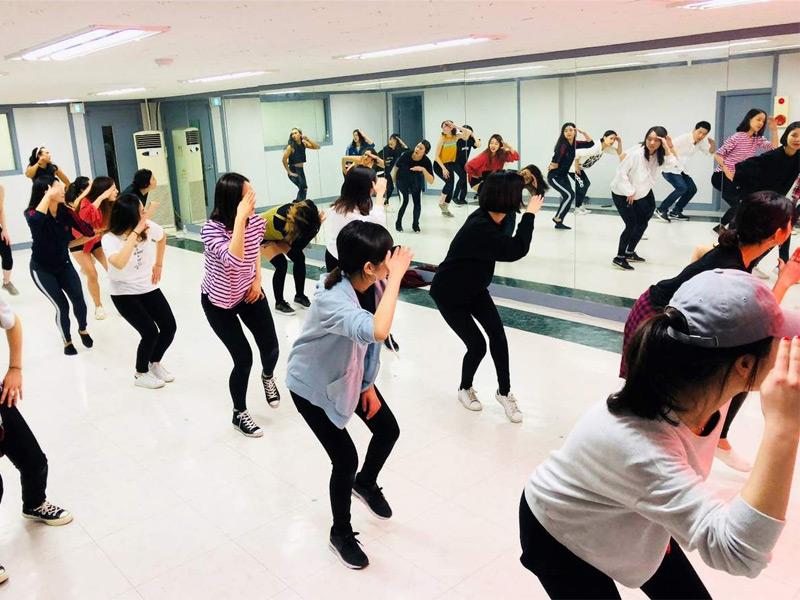 Memory techniques can help, but they can’t promote flexibility and proper circulation.
Memory techniques can help, but they can’t promote flexibility and proper circulation. - Manage your space and stick to a schedule. You will remember more faster by keeping a regular practice. An established routine is much easier to maintain when you assign a specific location special status for your dance practice.
- Let go of the outcome. Learning anything is a marathon, not a race.
If you’re interested in more, there’s an Australian memory champion who also dances professionally. Check out my interview with Anastasia Woolmer for more details. She actually reversed the process we discussed today by using movement to help her memorize numbers – the flexibility of these techniques is amazing!
So what do you say? Are you ready to explore some new ways of memorizing movement you might not have tried before?
Memory training for a dancer
Article author Mark Van Schuyver gives examples from West Coast swing.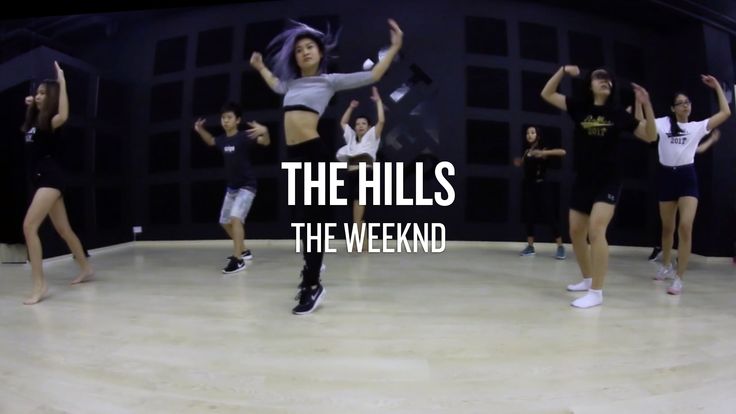 The methods of memorizing the material, which are described below, can be used in teaching any dance, in particular, ballroom dancing.
The methods of memorizing the material, which are described below, can be used in teaching any dance, in particular, ballroom dancing.
______________________________________
After eleven years of West Coast swing dancing, I have learned countless moves and quite a lot of footwork. And I got worried when my wife Donna, who is also a practicing family doctor, said to me, "Why don't you ever make the moves that we did before?" When I asked her what movements she was talking about, she replied, “Well, I don't know. You are the leader. We used to do a bunch of good moves. Maybe I should check your brains for organic damage? They often cause memory loss."
Naturally, I tried to impress her with some of the new things I learned in the dance workshop. "This is not new." She laughed. "Yes, we've done this a thousand times, remember." I said I didn't remember we did this before and showed her another move that I had learned at a famous event. “Well, that too is as old as the world.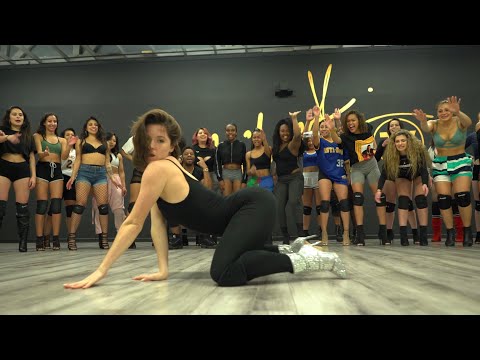 You definitely need to check your head."
You definitely need to check your head."
The next day I took a sheet of paper and drew a table with six columns, which I headed in groups corresponding to everything that I had learned to dance. I started filling in the table. After a while, I already had almost a hundred names. And all this came right out of my head, I did not use any literature, any videotapes. I took the sheet to my wife and proudly presented it. "Wow!" - she said. "But why don't you ever dance all this?"
This real drama happened about a year ago. Like many leaders, I have trouble maintaining a repertoire of dance moves. Literally, I can hardly remember what I know. The number of moves I know is far, far greater than the number of moves I can remember and perform while dancing. What is wrong with me? Am I sick in the head?
Actually, there is nothing unusual about my condition.
Memory expert Tony Buzan writes: "There is no bad memory, only untrained memory." Indeed, I was able to remember the material, I simply cannot “call” it at the right moment.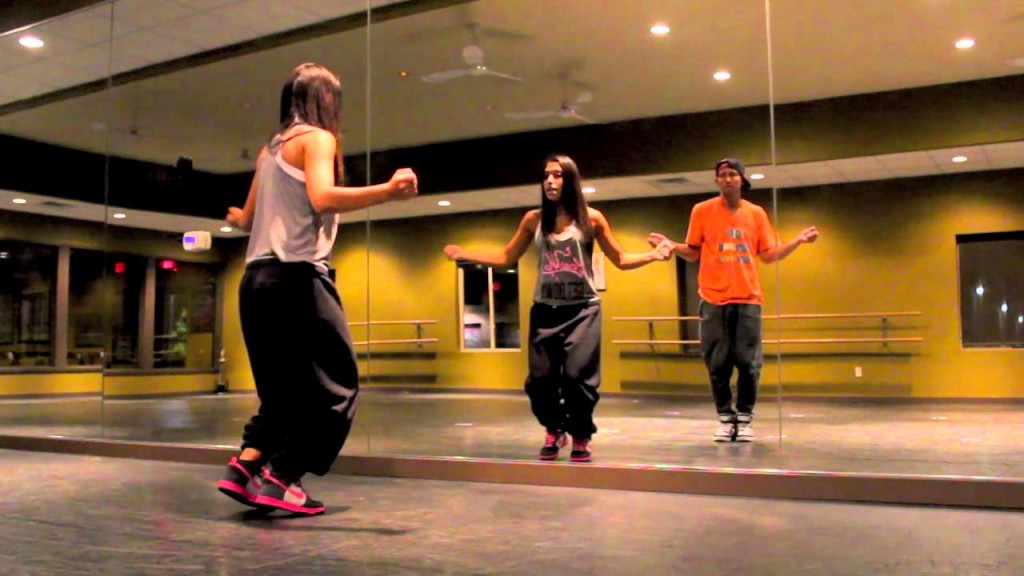 In other words, it's all in my brain, but I don't know where or how to extract it. To make Donna a little happier and to have more fun dancing myself, I started using the following mnemonic techniques to help me remember the moves. If you, too, are having difficulty remembering, these techniques will definitely help you.
In other words, it's all in my brain, but I don't know where or how to extract it. To make Donna a little happier and to have more fun dancing myself, I started using the following mnemonic techniques to help me remember the moves. If you, too, are having difficulty remembering, these techniques will definitely help you.
The Mechanics of Recall
Moving a new experience from short-term memory to long-term memory requires frequent recall and practice. According to Buzan, in order to retain something in memory, for optimal results, we must repeat the material in the following sequence:
1) repeat ten minutes after the lesson;
2) twenty-four hours after the lesson;
3) a week after the lesson;
4) one month after the lesson;
5) six months after the lesson;
6) if necessary in the future.
Of course, such a scheme of repetition is sufficient for a new word or some idea, but it seems to me that even more diligence is required for dance material.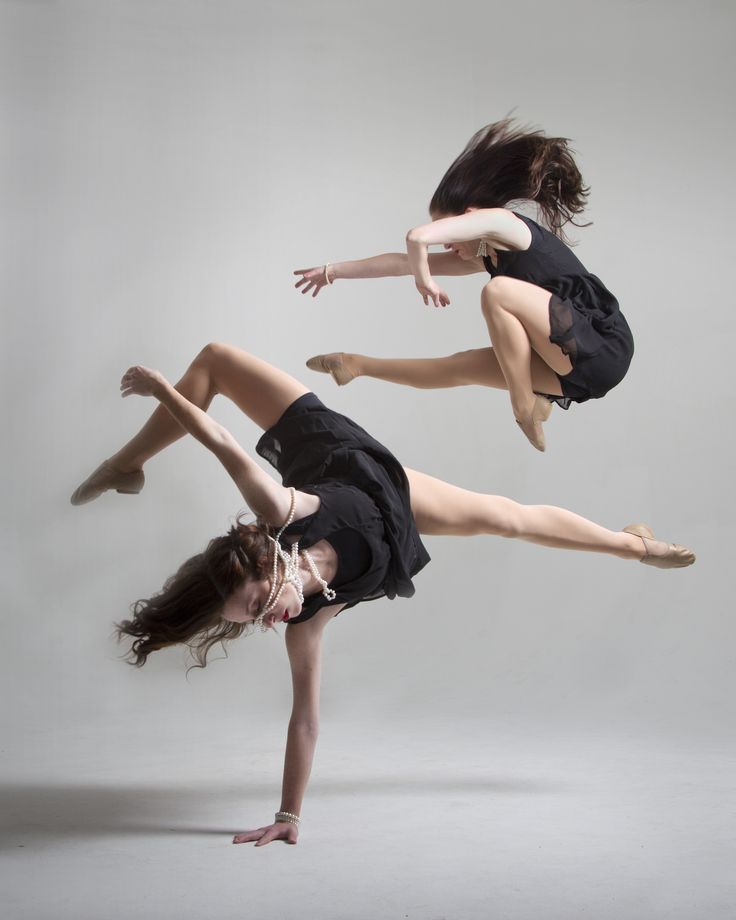
Buzan's recollection calendar is based on studies that show that learned material, if it is not repeated, is forgotten so much that after two days only 10 percent of it remains. As applied to dance, this means that two days after learning a new combination or a new movement, if they are not repeated during the first day, there will be practically nothing left of the material in our memory.
Mnemonics
According to Tony Buzan and other experts in mnemonics, people think in pictures. It is much easier to remember the image of a flower than its name. So it's much easier to remember the "rose" dance combination than the "reverse whip with a double whirl" combination*.
Imagine, for example, that you have just mastered a new combination. Straight whip with three continuous twists in the closed position. Looks like a little tornado on the dance floor. Name the combination "tornado" and it will be much harder for you to forget it.
If your teacher does not name combinations, or if he or she uses technical nomenclature, take the initiative.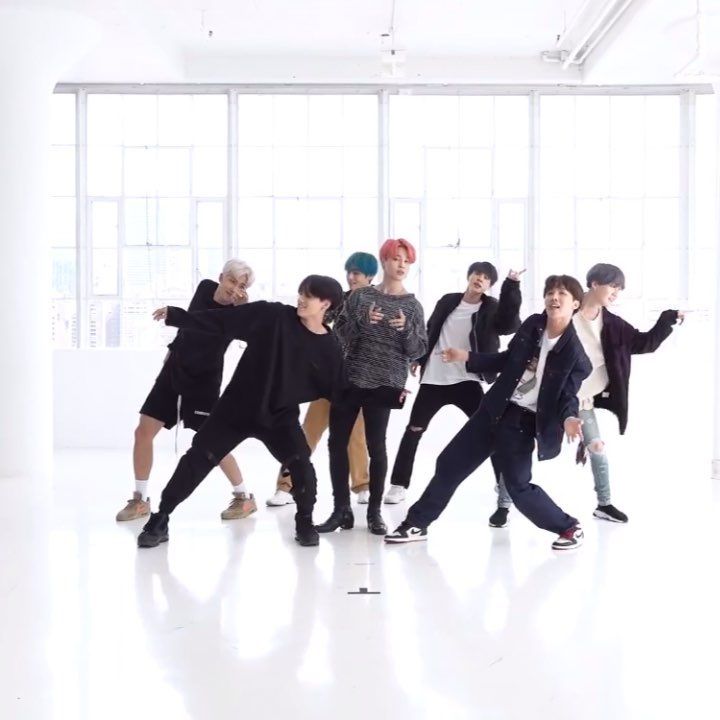 Give each combination a name that you can easily remember. Use words like pretzel, bullet, racing car, splash, top. Anything in your mind evokes an image associated with the combination. The name doesn't have to match exactly. The mnemonic is only used to give your memory a spark. She will light the fire herself. The movement called "swan" does not oblige you to dive to the floor. On the contrary, it can be a very light, elegant hand gesture.
Give each combination a name that you can easily remember. Use words like pretzel, bullet, racing car, splash, top. Anything in your mind evokes an image associated with the combination. The name doesn't have to match exactly. The mnemonic is only used to give your memory a spark. She will light the fire herself. The movement called "swan" does not oblige you to dive to the floor. On the contrary, it can be a very light, elegant hand gesture.
Existing and new memory
In adults, all new memory is attached to the existing one. You can see evidence of this in everyday speech. Someone says: "I have a gray cat." And you remember your striped Alice. "My gray cat has kittens." Do you think that when you were a child, your striped Alice calved as many as eight. And so on, all the new memory is connected, connected with the existing memory. The more memories we have, the more we can remember. Thus, the more we learn, the more we can learn.
Try to apply this to learning dance material. Link similar. Learn three new endings for an old combination. Learn five new ways to play the side pass. Remember badi rap and come up with five movements for it. Every time you train one thing, train everything related to it along with it.
Link similar. Learn three new endings for an old combination. Learn five new ways to play the side pass. Remember badi rap and come up with five movements for it. Every time you train one thing, train everything related to it along with it.
Linking movements
Competing dancers set their dance material to the song. Every movement is planned, every beat of the music counts. A minimum of three minutes of consecutive material. The partners train together until the new material is absorbed into their bodies. When the song plays, the music makes them move in the pattern they have learned.
In many martial arts, successive series of movements are practiced so that students can better master the technique. These bundles join together and form a kind of natural flow. At each level of his development, the student is faced with the need to memorize and hone new and increasingly complex combinations. After some time, a martial arts student already knows dozens of martial techniques.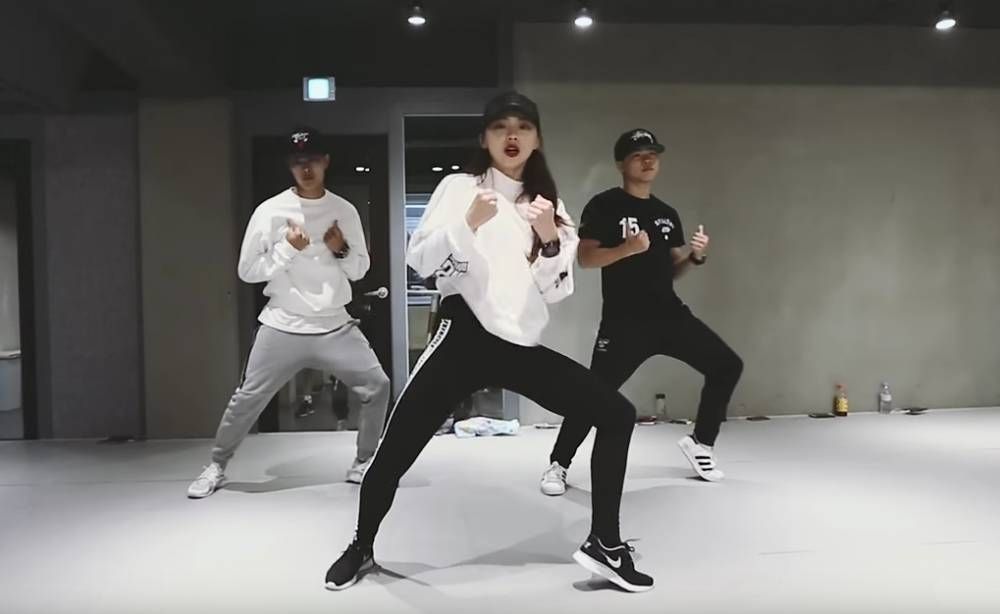 To remember them, he needs training.
To remember them, he needs training.
Even if you are not competing, for better recall you should work with regular partners to link the dance material. Pair some old moves with many new ones, turn them into a production number. And then train him. This material will be deposited in your memory forever. You can create several numbers, each containing at least three minutes of new, varied material. If you add up these three numbers, you get over a hundred perfectly learned moves!
Note-taking
The excellent dance teacher Skippy Blair has developed a way in which she can write down any dance on paper, and then, a few days later, take a piece of paper and completely recreate the dance material. This is a very advanced form of note-taking.
You should write down in a notebook every new movement, every new combination that you meet on the dance path.
And from time to time you should film yourself. Very slowly, with a partner or alone, do each new movement, each new combination, and film it all from different angles.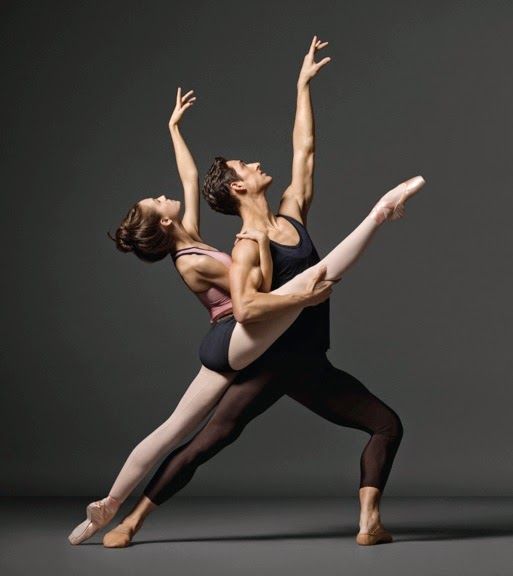 Be sure to write down the name of the studied material and in general everything that will allow you to remember it later.
Be sure to write down the name of the studied material and in general everything that will allow you to remember it later.
Teaching
There is no better way to learn something than to teach it. If you can't find anyone to let you teach him, use your imagination. Imagine that you are teaching. Voice and demonstrate every detail of the combination or movement. This imaginary teaching will help move the material into long-term memory. In addition, by teaching dance in this way, you will identify areas of your own insecurity. And you will find that there is a need to return to the teacher for clarification.
Perhaps teaching is the most powerful way to improve memory. Try to teach someone else the first day after learning new material.
Partner's memory
It is generally accepted that in pair dance the followers do not need to memorize the material. I often hear students complain that they have nothing to do while teaching combinations. They say they can't train because they can't lead, and the leaders forget very quickly after class. Valuable observation.
They say they can't train because they can't lead, and the leaders forget very quickly after class. Valuable observation.
However, I believe that the followers can take a very active part in the memorization process. With the help of the mentioned techniques, they can give signals of the memory of the leader. If, for example, the follower remembers the name of a specific combination and the group of movements that is attached to it, and connects a new combination with another similar combination, she may well tell her partner by word or gesture that he forgot. It is easier for followers to memorize combinations when they are connected to each other and form a dance number. In a word, remembering is the work of both the leader and the follower.
Variety is the spice of life
Of course, simply knowing and applying a variety of movements and combinations does not make us good dancers. To do this, we still need the right technique and style.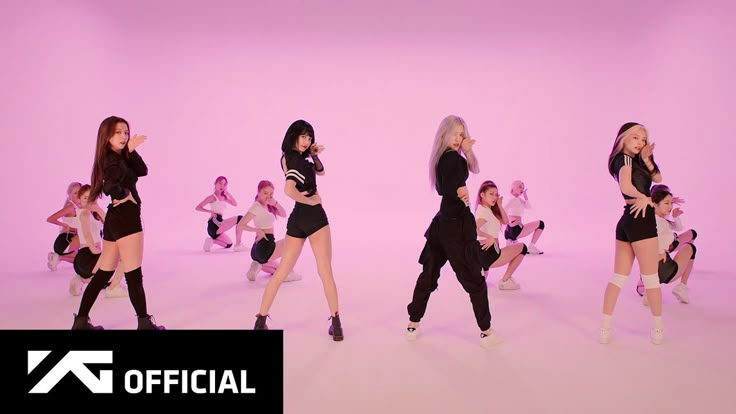 Movement without skill is nothing. However, most of us like variety. Some of us are generally drug addicts who cannot live without any difficulties. Yes, of course, variety is a big plus for the dance experience. It seems to me that the more difficulties there are in this matter, the better the final result of memorization.
Movement without skill is nothing. However, most of us like variety. Some of us are generally drug addicts who cannot live without any difficulties. Yes, of course, variety is a big plus for the dance experience. It seems to me that the more difficulties there are in this matter, the better the final result of memorization.
I have been using these mnemonic techniques for the past year. And they seem to be working. Recently, my doctor wife complimented my range of motion: “It must have made your brain feel better. But I'm still waiting for you at work next week. It's best to check just in case."
Which dance style is easier to learn, how to explain what ballet is about, and what to do if you drop your partner? Sergei Mikel answers questions about the work of a choreographer
It's never too late to find a life's work. Because any profession begins with people - knowledge comes gradually. In the “What if you…” section, we ask naive questions to representatives of unusual professions and get smart, unexpected and very honest answers to them.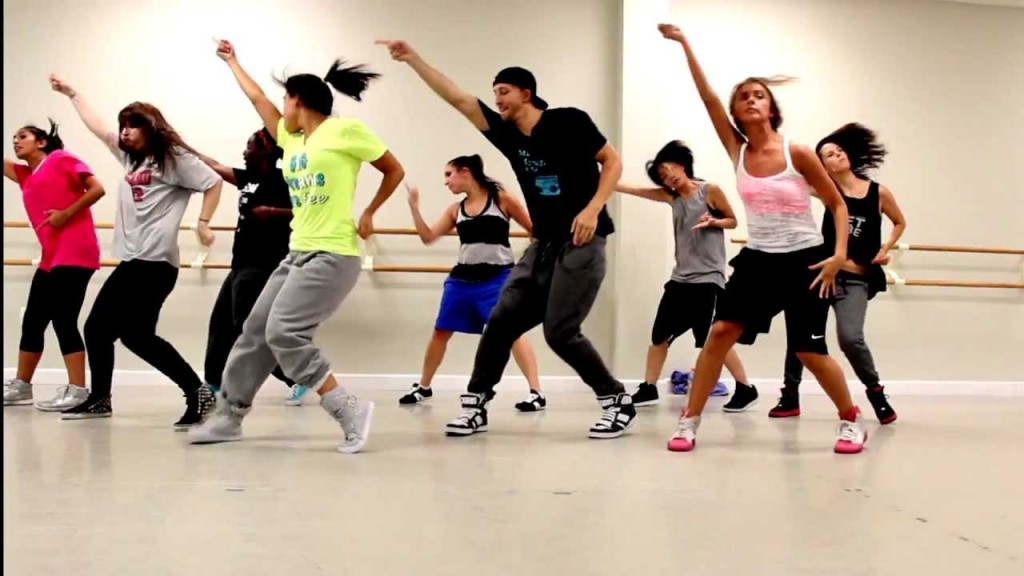 And our step-by-step guide is especially for those who are just planning to master new specialties and directions.
And our step-by-step guide is especially for those who are just planning to master new specialties and directions.
Which dance style is easier to learn, how to explain what ballet is about, and what to do if you drop your partner? Sergey Mikel, a guest choreographer of the Bolshoi Opera and Ballet Theater, answers questions about his profession.
1. So, I want to become a choreographer. Where to begin?
- From small. Try to compose at least one choreographic miniature or dance sketch and show it to the audience. You can participate in competitions, concerts, festivals... But even if it's just working with a performer and no one sees the miniature, this experience will be a huge plus for your future career.
2. Ho rheographer and the choreographer are different people?
- Choreographer - the concept is more universal. On the territory of the post-Soviet space, it is believed that the choreographer is the author of the choreography, who works with small forms, and the choreographer is the master of the ballet performance.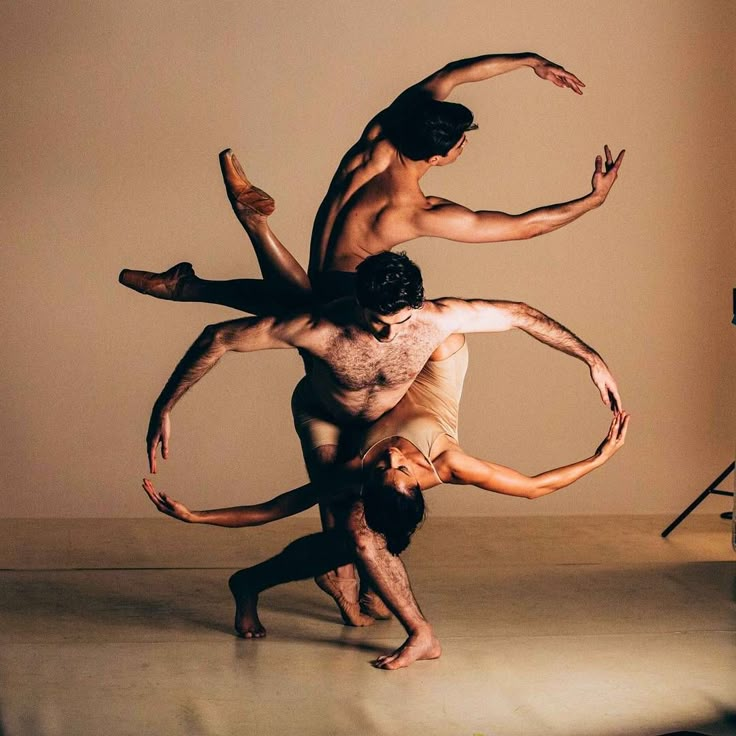 World theaters use only the word "choreographer". There it is a collective image denoting a person who is engaged in staging the choreography of anything.
World theaters use only the word "choreographer". There it is a collective image denoting a person who is engaged in staging the choreography of anything.
3. Does the choreographer have to be able to dance himself?
– Education in the field of dance must be mandatory. Then the director will speak the same language with the performer. A person who does not know the physiology and principles of building movements will not explain his idea to the dancer. At the same time, the choreographer may not be a brilliant performer. Still, these are two different activities: to stage a dance and perform it.
4. Any dancer can become a choreographer?
– Now, of course, I have to answer something like this: “Oh no, there must be a gift, a talent, a predisposition.” To a large extent this is true. But it is one thing to consider yourself a choreographer, and another to be one. Although the work of the choreographer is quite difficult. Many people think: “Why should he sit on a chair there!” But in general it is an active thought process.![]() And here it is, I think not everyone can do it.
And here it is, I think not everyone can do it.
Sergei Mikel's first project for the Bolshoi Theatre, Peer Gynt
5. How do movements come to mind?
- Various. This is something at the level of the question: “Where does inspiration come from?” I will answer this way: new choreography appears from the search for something new and from the desire to find it new.
6. Which dance style is easier and faster to learn?
- I'll tell you what is more difficult - improvisation. Everything else can be learned with great desire.
7. How can the viewer understand what the ballet is about if he has not bought the program?
- There are viewers who are in the subject. It is not the first time they attend ballet performances and the theater as a whole, they know how and what works there. Such a viewer will understand a lot without a program. Most importantly, he knows how to read conventions and is always ready to tune in to the idea of the director.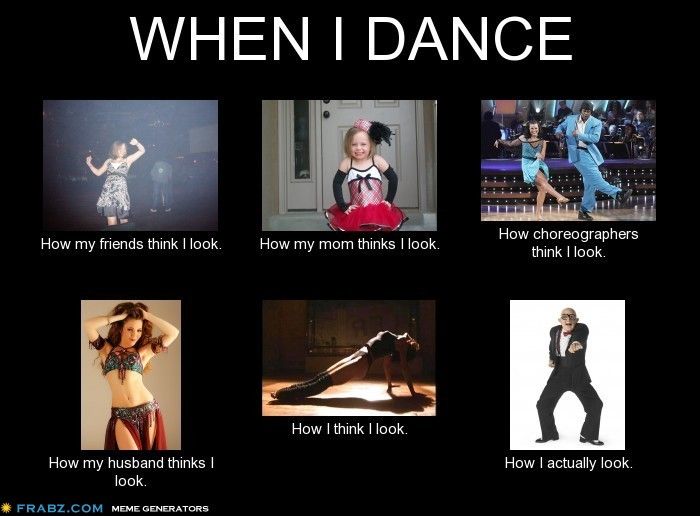 And such a viewer is open to everything new. There are also reverse cases. This is when people come with certain beliefs. If they don’t see on the stage what they have already tuned in to, they are disappointed.
And such a viewer is open to everything new. There are also reverse cases. This is when people come with certain beliefs. If they don’t see on the stage what they have already tuned in to, they are disappointed.
8. What should I do if the artist has forgotten the movements?
– This is a matter of experience. Experienced dancers keep moving forward. The inexperienced can get lost. Then one forgotten movement leads to a second, third, fourth... In general, they say in the theater: “Only a choreographer and a dancer know how it should be right. The viewer does not even guess what movement will be next. Therefore, if you forgot, get out of the situation and continue. This applies to solo performance. But if this is a synchronous mass scene, then, of course, it will be seen when someone makes a mistake. The main thing is not to panic, but continue to enter the combination and join the general dance.
The choreographer often not only teaches others, but also dances himself
9 . .. And if you dropped your partner?
.. And if you dropped your partner?
- Oh, well, this option is more serious, of course. If someone falls on the stage, not only the partner is worried, but the whole audience. Sometimes you can even hear exclamations of regret from the stalls... What to do in this case? The audience and the choreographer - to sympathize with the artist, the artist - to stand up and find the strength to continue the dance with dignity. The main thing is that this fall should not affect the mood of the entire performance (etude, variations).
10. Can the choreographer move to any music?
- Dancing - yes. In general, I sometimes like to compose in silence.
11. Are you always the best dancer in discotheques?
– I don't dance there at all. I watch the others.
12. Have bodysuits ever torn?
– To be honest, I have never even heard of a ballet dancer's leotards being torn right on stage. Other parts of the costume - it happens.
13. Do you easily get theater tickets for your friends?
- In principle, this is not difficult. The choreographer-producer has some privileges. For example, we are given invitation cards that I can give to relatives and friends. But not all performances.
14. What is more difficult: classical or contemporary?
- I can't say which is more difficult. But the fact that one cannot exist without the other in modern theater is a fact. To dance modern choreography at a good level, it is important to have a base, a classical education. And in order not to be a hostage of classical choreography, you need to diversify your knowledge and skills. To do this, it would be good to own different styles of modern dances. Nowadays, classical and modern choreography stand side by side. Progressive theaters understand this and use both in their repertoire.
15. How many years do you have to study to dance like in the movie "Step Up"?
- At least five years.
